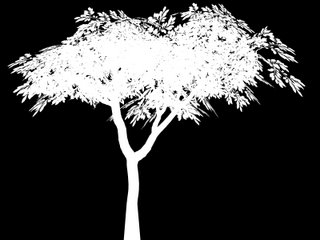 When I think of the film Brazil shown last Friday, it seems to me that sometimes I wish I could break out of the reality of my own particular era and enter into a different and bizarre world as entirely as this movie allows through telling stories. Becoming immersed in a world and environment standing in such contrast to my own day to day life, and yet seeing in that place amazing parallels to aspects of humanity or culture is amazing to me. At the very same time, you are allowed to enter into a situation you can barely comprehend and yet come away questioning the world you are familiar with. It gives you a chance to perhaps look with a new perspective the things that before just blended into the background.
When I think of the film Brazil shown last Friday, it seems to me that sometimes I wish I could break out of the reality of my own particular era and enter into a different and bizarre world as entirely as this movie allows through telling stories. Becoming immersed in a world and environment standing in such contrast to my own day to day life, and yet seeing in that place amazing parallels to aspects of humanity or culture is amazing to me. At the very same time, you are allowed to enter into a situation you can barely comprehend and yet come away questioning the world you are familiar with. It gives you a chance to perhaps look with a new perspective the things that before just blended into the background.Perhaps it is a sad truth that the times when I walk away from a movie actually having to think about and process what I saw are so rare, that I grow excited when they occur. Some of the images from this film were certainly disturbing. Perhaps even more disturbing than the grotesque images were the lives and places the characters lived in. It all felt so cramped and claustrophobic. The main character worked in tiny cramped rooms and travelled home through cramped areas to reach his small box of an apartment. All of nature and beauty were removed so that there was this incredibly frustrating blandness to life. The fantasy sequences shown throughout the film give some outlet to this dark world as well as show a very interesting look into how the character views himself, or at least how he would like to be. The ending of this was quite intriguing to me. Even though the character is left in a chair having been tortured beyond imagination, the walls that enclose him fade to clouds and the music starts to play, which felt to me that with his mind now broken, his fantasy world had become his reality. For whatever reason after all the disturbing images, the last image and music left me feeling free, yet slightly confused. In the end, for whatever reason, a bit of confusion feels good to me, because what fun would it be to know everything anyways?




